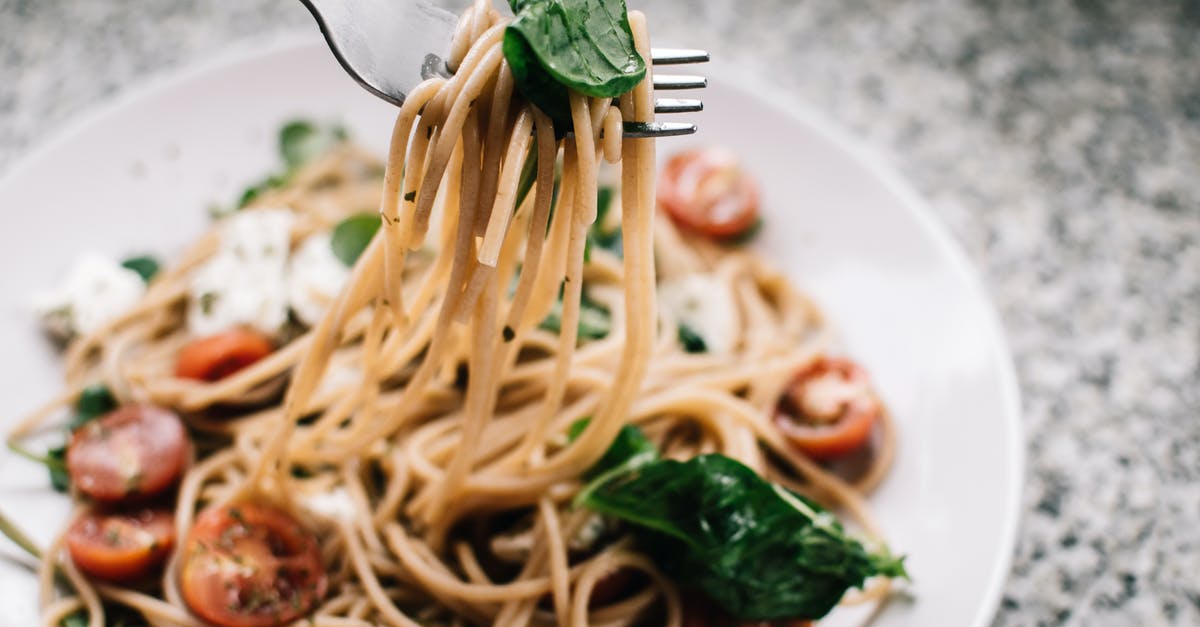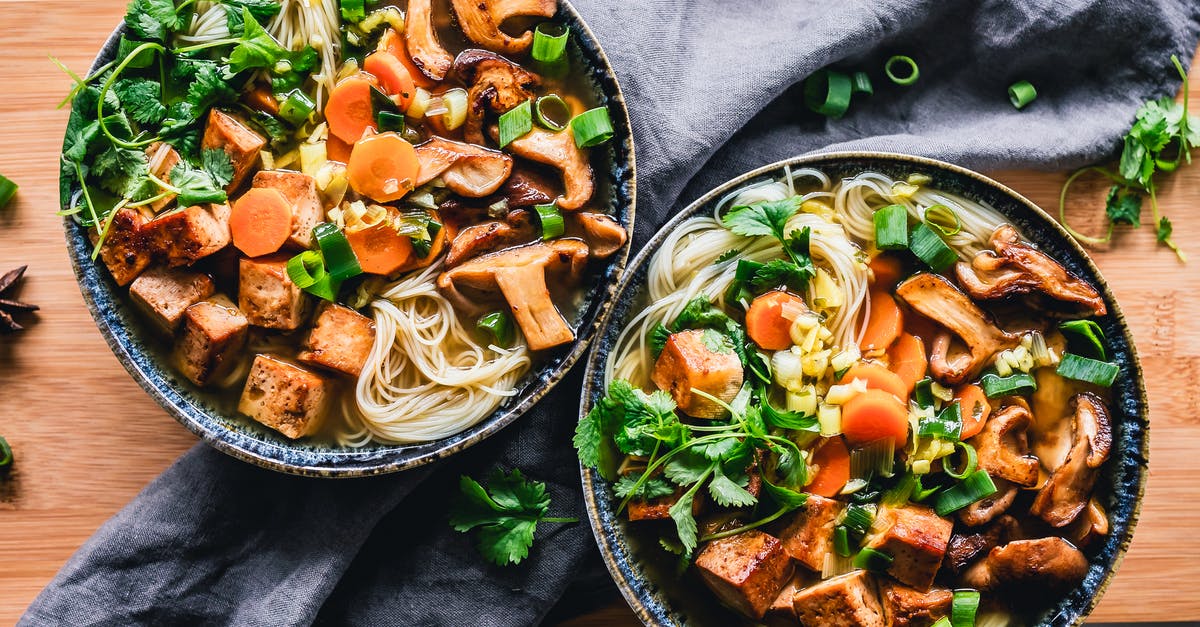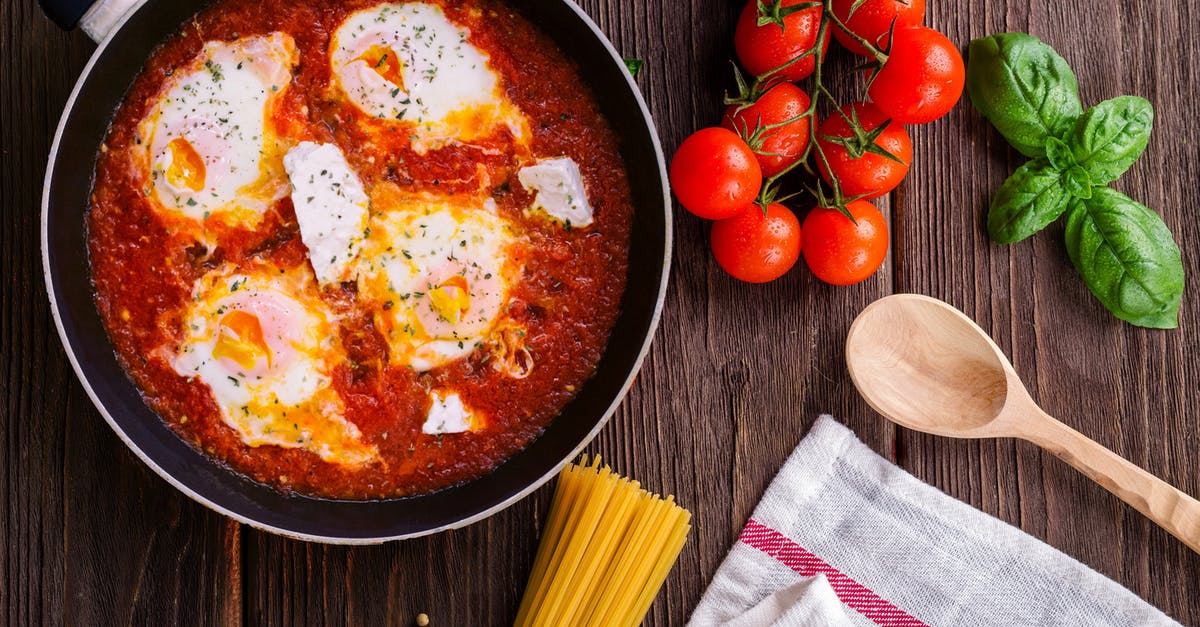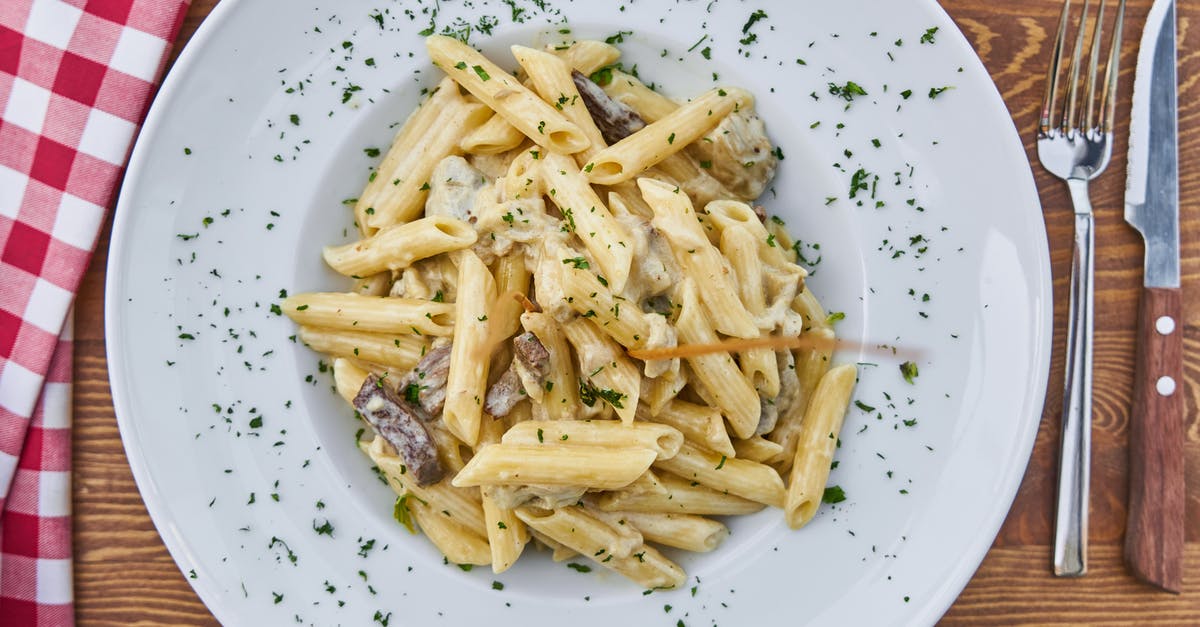Which pasta should be used for what sauce?

As I understand it, the philosophy of what pasta to choose depends a lot on the sauce. With bolognese, you have a heavy sauce, with fairly large meat particles and tomato parts. This means, that you need to serve pasta, which is going to be able to "carry" this heavy sauce, which means you shouldn't use spaghetti, but rather tagliatelle, pappardelle or another wide pasta variety. You should also not use short pasta like tubes, shells, penne or farfalle for the same reason: none of the heavy meat and sauce is going to stick to the short pasta and it's going to be impossible to eat.
For light sauces (for example Aglio e Olio) other considerations come into play: You want pasta with a small surface because you want to have a higher ratio of sauce:pasta in any given bite. Thin spaghetti is going to be able to carry more of the light sauce.
Is there a reputable, authentic source of set ruleset for when to use which pasta?
Are there general rules, which could help when deciding when to use the different pasta categories like long pasta, wide / thin, tubes, ribbons, fresh vs. dried?
I am mainly interested in how it is being done in Italy generally. I am also interested in the general logic to the rules.
Best Answer
General rules are hard to be made or at least your question made me surprised that, in spite or knowing or feeling what goes with what, indeed I cannot condense everything in few words or even sentences.
Still I can try to list a few lines
a minimalistic sauce in which the principal fat is oil goes with long dried pasta such as spaghetti or trenette (e.g. aglio e olio; salted anchovies and capers...)
a simple condiment in which the principal fat is butter or cheese goes with short fresh or dried pasta (e.g. penne or maccheroni al burro, cacio e pepe..)
condiments and sauces in which ingredients are cutted into not too small pieces that need emphasis usually go with short formats (penne mozzarella and eggplants, pasta alla norma, ....). I can also say if there are pieces with their own texture and consistency than this requires a solid pasta frame as well, plus comparable size... so short format here. A network of spaghetti would results to loose even if al dente
exceptions to the just above lines exist and one of the more iconic is spaghetti with seafood. I see why no to serve penne ai frutti di mare but I cannot write it down ;)
very creamy sauces goes with long format (spaghetti carbonara, trenette al pesto, ....)
Prevalently tomato or meat base condiments are better discussed in terms of dried no egg versus fresh egg containing pasta while keeping in mind the above "rules":
very red tomatoes sauces containing vegetables and sea ingredients go well with standard pasta, either fresh or dried
reach tomatoes sauces containing meat or high in fats do their best with fresh egg-based pasta.
I am aware that this is just an attempt.
The typical condiment of my town is pesto genovese. It goes primarily with
Dried trenette, ie a kind of spaghetti with a flattened section
Mandilli (literally tissues, basically lasagna which is cutted down to 4×4 cm or more)
Dumplings.
It is indeed hard to give a rationale to this. Still, if not obliged by shorts of ingredients, I would never serve spaghetti al pesto in spite of the striking resemblance with trenette. I just know it won't be that good.
It might be against the policy but I am curious to see how many contradictory items we could find and edit this answer accordingly. Or even delete it if it turns out that direct test / experience / feeling are the only things that count.
Pictures about "Which pasta should be used for what sauce?"



Quick Answer about "Which pasta should be used for what sauce?"
Tubular shapes like penne and ziti are perfect with hearty, thick sauces like ragu. Rigate, the ridged ones, capture even more sauce. Wide, flat pastas like pappardelle are ideal for sopping up creamy sauces. Generally, the wider the noodle, the heavier the sauce.What pastas go with which sauces?
As a general rule, pair the heartier sauces with the wider noodles: Wide ribbons like pappardelle pair well with rich, meaty sauces while the thinner flat noodles, like fettuccine or linguine, are best paired with simple cream sauces like Alfredo or delicate proteins like seafood.How should you choose sauces for particular pasta shapes?
Chef Kennedy notes that pastas shaped like cups go with \u201csomething lumpy so you can catch it.\u201d As such, shells go well with thicker meat sauces or heavy cream sauces. Meanwhile, long and skinny pasta shapes, such as linguine, are often paired with light seafood or oil-based sauces.Does it matter what type of pasta you use?
However, there's a difference between pasta and great pasta, something as simple as the shape and sauce you use can make all the difference to your meal. Generally speaking, larger shapes tend to be paired with more robust, thicker sauces. Whereas, thinner shapes such as Spaghetti suit lighter, creamy sauces.Why are some pasta shapes better to use for certain sauces?
We want to help. In general, the larger pasta shapes with hollows and sauce-hugging curves are best suited for thicker, heartier sauces, while thinner and more delicate strands are used for light oil-based or cream sauces.Pasta shapes and their sauces explained
Sources: Stack Exchange - This article follows the attribution requirements of Stack Exchange and is licensed under CC BY-SA 3.0.
Images: Lisa, Ella Olsson, Dana Tentis, Engin Akyurt
